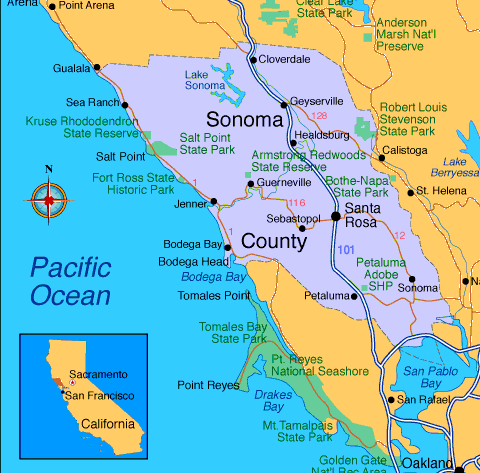
Sonoma Diet Region
The Sonoma Diet: A Taste of the Mediterranean in California’s Wine Country
In an era where diet trends come and go, the Sonoma Diet has emerged as a refreshing blend of health, flavor, and sustainability. Named after California’s picturesque wine country, the Sonoma Diet draws inspiration from the Mediterranean lifestyle, emphasizing wholesome, flavorful foods and a balanced approach to eating. But what exactly is the Sonoma Diet, and why is it gaining popularity?
Origins and Philosophy
The Sonoma Diet was created by Connie Guttersen, a registered dietitian and nutrition expert, who saw the potential to merge the health benefits of the Mediterranean diet with the vibrant culinary traditions of Sonoma County. This diet is not just about weight loss; it’s about embracing a way of life that celebrates food, encourages mindful eating, and promotes overall well-being.
Core Principles
At its heart, the Sonoma Diet focuses on a few key principles:
- Whole, Natural Foods: The diet emphasizes the consumption of fresh, unprocessed foods. Fruits, vegetables, whole grains, lean proteins, and healthy fats form the foundation of the diet.
- Portion Control: Instead of counting calories, the Sonoma Diet encourages portion control. Using a concept known as the “plate method,” it guides individuals to fill their plates with the right proportions of different food groups.
- Enjoyment of Food: One of the unique aspects of the Sonoma Diet is its focus on the enjoyment of food. It encourages savoring each bite, appreciating the flavors, and making meals a pleasurable experience.
- Wine in Moderation: Reflecting its wine country roots, the Sonoma Diet includes moderate consumption of wine, particularly red wine, which is known for its heart-healthy benefits.
Benefits of the Sonoma Diet
The Sonoma Diet offers numerous health benefits, many of which are supported by research on Mediterranean eating patterns:
- Heart Health: The diet’s emphasis on healthy fats, such as olive oil, nuts, and avocados, alongside lean proteins and fiber-rich vegetables, contributes to better cardiovascular health.
- Weight Management: By focusing on whole foods and portion control, the Sonoma Diet helps individuals manage their weight without the need for restrictive calorie counting.
- Reduced Risk of Chronic Diseases: The diet’s emphasis on antioxidant-rich fruits and vegetables, whole grains, and lean proteins helps reduce the risk of chronic diseases such as diabetes, cancer, and Alzheimer’s disease.
- Enhanced Well-being: The Sonoma Diet encourages a balanced lifestyle that includes physical activity and stress reduction, contributing to overall well-being and happiness.
Practical Tips for Adopting the Sonoma Diet
- Fill Your Plate Wisely: Use the plate method to ensure balanced meals – half your plate should be vegetables, a quarter lean proteins, and a quarter whole grains.
- Incorporate Healthy Fats: Add sources of healthy fats like olive oil, nuts, and avocados to your meals.
- Enjoy Seasonal Produce: Embrace seasonal fruits and vegetables to keep your meals fresh and flavorful.
- Savor Your Meals: Take time to enjoy your food, eat slowly, and appreciate the flavors.
- Moderate Wine Consumption: If you enjoy wine, do so in moderation – a glass of red wine with dinner can be both enjoyable and beneficial.
Conclusion
The Sonoma Diet is more than just a diet; it’s a celebration of food, health, and balanced living. By integrating the principles of the Mediterranean lifestyle with the vibrant flavors of Sonoma’s culinary traditions, this diet offers a sustainable and enjoyable approach to eating well. Whether you’re looking to improve your health, manage your weight, or simply enjoy your meals more, the Sonoma Diet provides a delicious and practical path to a healthier life. So why not take a cue from California’s wine country and embrace the Sonoma way of life?
Comments
The Mediterranean and the Sonoma Diet — No Comments
HTML tags allowed in your comment: <a href="" title=""> <abbr title=""> <acronym title=""> <b> <blockquote cite=""> <cite> <code> <del datetime=""> <em> <i> <q cite=""> <s> <strike> <strong>